The survey of East Lothian by Adair in 1682 was much better than earlier attempts; however, the map did not get published until 1736, which was after Adair’s death. After its publication, it became the standard piece of reference for the remaining part of the century until it was superseded by William Forrest’s survey of […]
Linen Manufacture in Ormiston
Mr John Cockburn set up the first linen manufacturing in Ormiston, the first in East Lothian, which he considered as one of the main trades of Scotland and felt the manufacture of cloth was connected with husbandry and agricultural advances that he was promoting around the land of Ormiston. An eminent Irishman was encouraged to […]
Ormiston Distillery
A brewery and distillery were established in Ormiston in 1726, when John Cockburn encouraged Mr Alexander Wight, one of his tenants, to set up a malting brewery and distillery. The distillery soon developed a reputation, and promoted the growing of grain in the area. Mr William Foot, distiller, had 2,026 bushels (1 bushel = 34lb […]
Flooding at Pencaitland and Ormiston
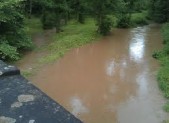
There are locations in and around the villages of Pencaitland and Ormiston that have been affected by flooding after heavy rain. Various approaches to the villages of Pencaitland and Ormiston are generally quite difficult to navigate due to the River Tyne flooding and local run-off to low-lying parts of the villages. The River Tyne runs […]
River Tyne
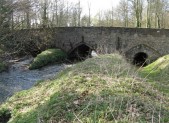
The River Tyne begins in the Moorfoot Hills, near Tynehead, Midlothian, and flows through East Lothian to the estuary near Belhaven. The river flows approximately 30 miles and passes on the southern side of Ormiston, through Winton estate, disects the village of Pencaitland into Easter Pencaitland and Wester Pencaitland under a three-arched bridge dating from […]
The Ormiston Yew
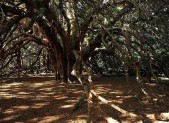
The Ormiston Yew is a fine example of a “layering” yew (Taxus baccata) in Scotland. Its weeping branches radiate out from the solid central trunk and take root where they touch the ground, encircling the tree in an ever-extending fringe of growth. The inner chamber formed by the layered branches and dense foliage creates a […]
Andrew Purves Memorial Library of Ormiston
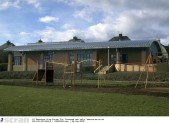
The Andrew Purves Memorial Library was named in honour of a long standing local Councillor. The library serves both the community in Ormiston and its surrounding rural neighbours, Humbie, Pencaitland and Salton. It was designed by architects in East Lothian Council’s Property Services Division. The garden outside the library is landscaped to include a children’s […]
Limeylands Colliery
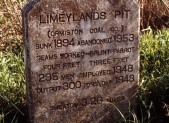
Limeylands Colliery, sunk in 1894, was owned by the Ormiston Coal Company. It worked the Four-feet, the Three-feet and the Parrot Seams to produce household and steam coal. It was abandoned soon after nationalisation in 1953. This memorial stone on the Pentland railway Walk gives the history of the colliery including the owner’s name, dates […]
Ormiston Coal Company
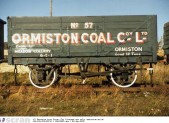
The Ormiston Coal Company, whose workings were south of Tranent in East Lothian. The company were one of a number of small concerns working either a single or a few linked, small pits on the East Lothian coalfield. There were vast fleets of colliery wagons, which were in use until the middle of the 20th […]
Ormiston Hall
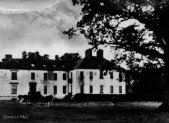
Ormiston Hall lies to the south of the village, is a building of 1745, in the tea-canister style of architecture that then prevailed. By 1832, three additions had then been made to it in similar style, one canister added alongside of another; but as it has no external pretension, it gives no offence, and within […]

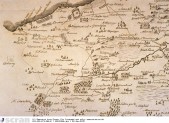
Recent Comments